The A6 Meunier rifle was initially submitted to the French military in 1910 and showed promise. However, the looming war caused the abandonment of the French automatic rifle program in favor of a mass production of more proven existing designs. It was not until 1916 that the value of an autoloading rifle was truly understood by French commanders for use in raiding, and at that point there was nothing readily available. As a stopgap, approximately 1000 Meunier rifles were produced and some 843 sent to front lines. It proved to have some functional problems, including rapid overheating and general overcomplexity. The most pressing issue for troops with Meuniers, though, was maintaining a supply of its 7x57mm cartridge, which was not used by any other French weapon.
Mechanically, the A6 Meunier fell into the category of a long recoil action. It was locked by means of a rotating bolt with interrupted-thread locking lugs, and held a 5-round magazine of the rimless 7mm Meunier ammunition. A carbine version was also developed experimentally, which weighed 8.5 pounds empty and used with 5-, 10-, and 15-round detachable magazines. It has been argued that this was the world’s most advanced rifle at the end of World War I, and I would be inclined to agree.
Photos
(click here to download a high-res copy of this gallery)

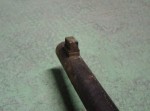
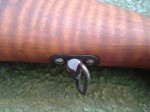



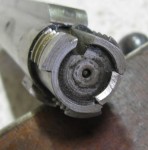
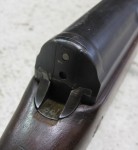
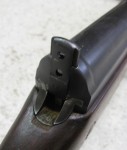



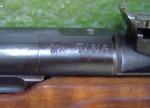


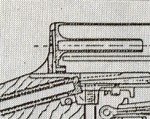



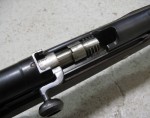
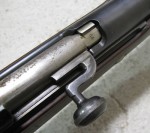
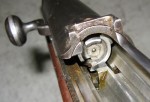


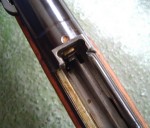
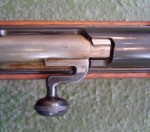
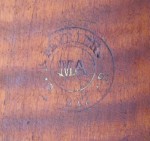

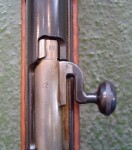

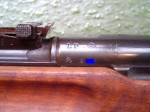

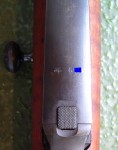
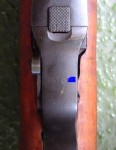

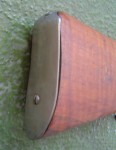



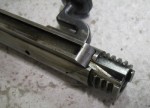

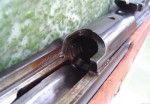



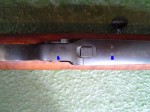
Was this recoil operated?
Gas operated. See Meunier patent.
What is the cause of the “tiger stripe” pattern on the wood? Its not a grain pattern, you can see the grain runs the length of the stock like it should, but that striping is very unusual.
CzConvert,
There are lots of different methods, it’s a pretty common stock finishing method to make unfigured wood look more interesting. Google “tiger stripe gun stock” for examples and methods.